Question:
What is the best practice for charging the batteries for your Ophir StarLite and StarBright meters, and for storage of the meters?
Answer:
While the older Ophir meters (Nova-II, Vega) used NiMH (Nickel Metal Hydride) batteries, the newest Ophir meters (StarLite, StarBright) use Lithium-Ion batteries. These batteries are more reliable and have a longer lifetime than the NiMH types used in the past, but they also have some different characteristics.
There are a lot of articles out there on the internet that discuss caring for Lithium batteries, here are a few examples:
http://www.pcadvisor.co.uk/how-to/mobile-phone/how-charge-phone-battery-properly-battery-care-tips-tricks-3619623/
http://lifehacker.com/5875162/how-often-should-i-charge-my-gadgets-battery-to-prolong-its-lifespan
http://batteryuniversity.com/learn/article/how_to_prolong_lithium_based_batteries
Much of this information is relevant also for Ophir meters, but there are a few details which are different.
Here is a short summary of the most important issues to look out for:
1) Do you need to charge from 0% to 100%?
The older Nickel batteries (NiMH and NiCd) had what was termed a “memory effect” whereby if they were not fully discharged and fully recharged, they would not hold as much charge and the operating time of the equipment would be shorter.
In addition, especially with the NiCd batteries, users were advised to fully charge and discharge their batteries three times before using the device. Still today you can sometimes see a “hangover” from these recommendations, with new equipment manuals advising to “fully charge the battery overnight before using the device”.
The Lithium batteries do NOT have a memory effect, and there is no need to fully discharge and recharge the batteries on a regular basis. In fact, the experts recommend not fully charging the batteries to 100%, and also not fully discharging them to 0% if possible, as both of these can shorten the batteries lifetime (measured as “discharge cycles”).
It is recommended to keep the charge between 40% and 80% most of the time if possible.

While the data above seems to imply that using a depth of discharge of 10% gives the longest lifetime, keep in mind also that the “discharge cycles” column does not take into account the percentage of discharge per cycle, in this case 10%, so the true lifetime translated back to terms of 100% discharge would be around 375-470 in this case. The optimum would therefore be around 40-50% depth of discharge, where the lifetime would be around 600-750 cycles (= 1200-1500 x 50%) translated back into terms of 100% discharge.
2) Do you need to charge from 0% to 100% once a month as some experts recommend?
In addition to the above, the experts say that nevertheless it is recommended to do a full discharge and recharge cycle once a month, in order to refresh the smart battery’s “fuel gauge” – performing multiple short discharges can confuse the device that measures the capacity of the battery.
This is not necessary with Ophir meters, as the method used to display the battery capacity is less exact and is not much effected by multiple short recharge/discharge cycles.
3) Keeping the meter cool
Another point made by the experts is that the battery lifetime is reduced by elevated temperatures. This is especially true when the battery’s charge is close to 100%. So it is recommended to keep the meter cool (below 30 degC) and below 80% charge whenever possible.

This may be fairly easy with a smartphone, but for Ophir power meters, being used in a laser lab where perhaps there are high power lasers creating a lot of heat, this may not be so easy. But nevertheless, it is usually the sensor (thermopile detector) and not the power meter (StarLite) that is in the line of sight of the laser and which heats up; it is recommended to keep the StarLite as far away from sources of heat as possible, to avoid it warming up.
Is it OK to charge the meter overnight? Is it OK to use the meter with the 12V DC power supply connected all the time? Stay tuned…
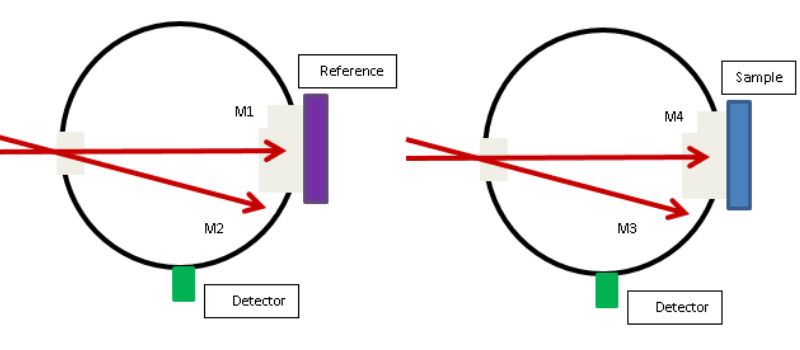
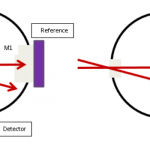


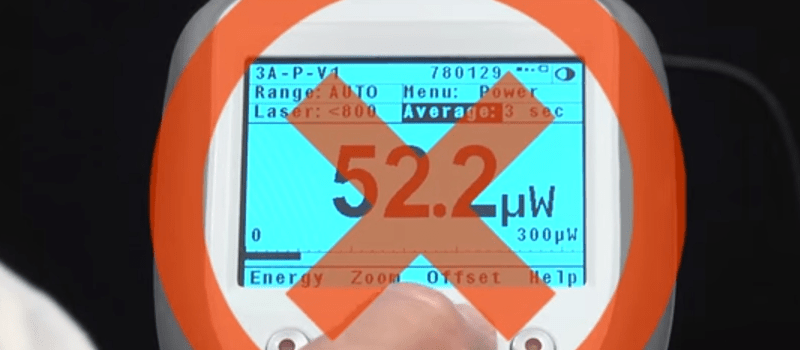
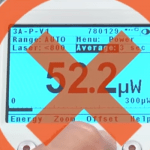
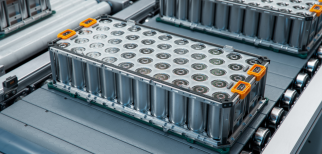
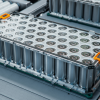
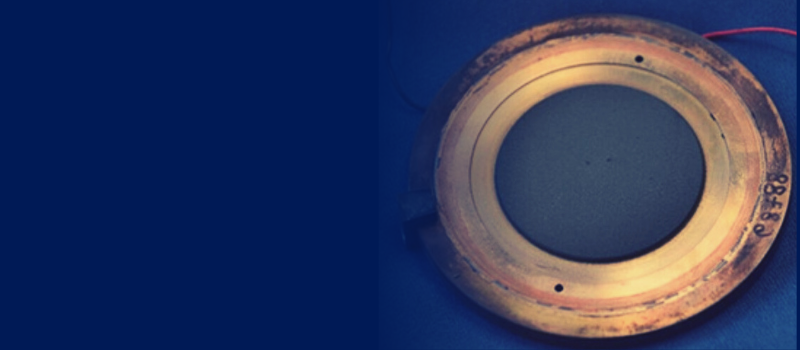
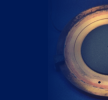
Leave a Reply
Your email address will not be published. Required fields are marked *